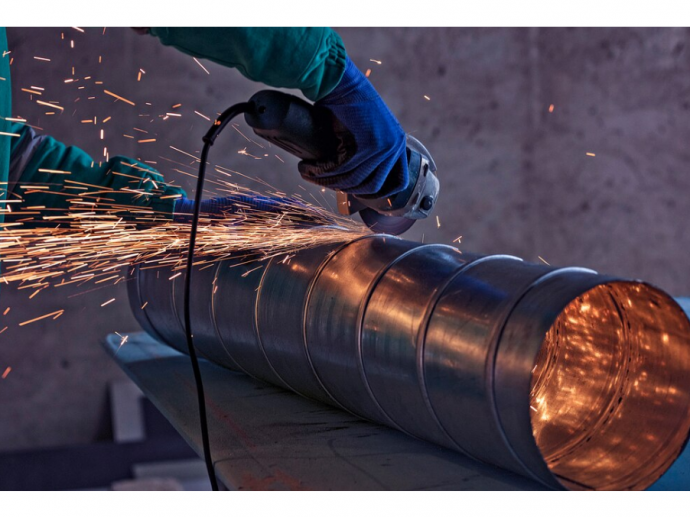Categories more
- Adventures (17)
- Arts / Collectables (15)
- Automotive (37)
- Aviation (11)
- Bath, Body, & Health (77)
- Children (6)
- Cigars / Spirits (32)
- Cuisine (16)
- Design/Architecture (22)
- Electronics (13)
- Entertainment (4)
- Event Planning (5)
- Fashion (46)
- Finance (9)
- Gifts / Misc (6)
- Home Decor (45)
- Jewelry (41)
- Pets (3)
- Philanthropy (1)
- Real Estate (16)
- Services (23)
- Sports / Golf (14)
- Vacation / Travel (60)
- Watches / Pens (15)
- Wines / Vines (24)
- Yachting / Boating (17)
Check Out the 4 Best Materials & How to Weld Them
Published
09/08/2024In numerous industries, welding plays an essential role when it comes to joining metals and plastics and creating more robust, long-lasting structures and parts. Welding materials have the potential to influence the quality of the weld and the project’s success as a whole.
Understanding of materials’ properties and their possible welding techniques is essential. So, step into this detailed blog post to discover some of the most-used materials to be welded and potential techniques for each material.
1. Plastics
When speaking of welding, it is natural to associate it with metals. However, thermoplastics also play a significant role in a diverse range of industries. Products made of plastics include pipes for plumbing, medical equipment, electrical appliances, automobiles, aircraft, and so on.
Hot gas welding and ultrasonic welding services are some of the most widely used techniques for thermoplastics welding. Hot air welding employs a hot air stream to melt the plastic. On the other hand, ultrasonic welding employs high-frequency vibrations to generate heat to melt the material.
Suppose you are interested in automotive repairs that require thermoplastic welding. In that case, you should shop now for JB Weld in Australia for proper welding support.
2. Steel
Out of all the materials used in welding, steel is the most versatile and popular material. It is suitable for a variety of uses, ranging from construction to repair of automobiles. The welding techniques for different types of steel vary based on their properties and quality. For example, low-carbon steel is easily weldable using almost all the standard commercial welding techniques.
On the contrary, high-carbon steel demands preheating and post-weld heat treatment because high-carbon contents are more susceptible to cracking when used. Stainless steel also undergoes welding as it has high corrosion resistance.
3. Aluminum
Aluminum is another common material used in welding, especially in aerospace, automotive, and construction industries. Its primary advantage is its lightweight and resistance to corrosion. However, aluminum has a high coefficient of thermal conductivity. Therefore, it has heat-conducting properties that may make the welding process slightly rigorous.
Conventional welding may not suffice here, so sophisticated processes such as TIG welding or MIG welding with pulsed current settings are employed. These techniques also assist in the regulation of heat distribution and result in the formation of better, less refined welds.
4. Cast Iron
Cast iron is a relatively stiff but very brittle material used in structurally complex automotive components, such as engine blocks and other heavy metal products. It is also susceptible to cracking during both residential and commercial welding projects because of its high carbon composition.
When joining cast iron, both preheating and post-weld heat treatment are necessary to ensure that there won’t be any cracking of the material. Nickel-based welding techniques are particularly used to overcome the individual difficulties of cast iron.
These techniques facilitate proper and efficient welding, ensuring that the weld joint won’t easily fail. That’s why most automotive industries prefer to utilize advanced techniques and procedures to make a huge difference.















